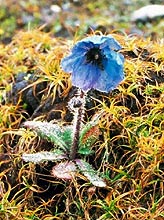 |
Bhutan
has been described as a natural paradise. Even as the world mourns for
the loss of its ecology, this small Himalayan Kingdom is emerging as an
example to the international community, with more than 72 percent of its
land still under forest and a great variety of rare plant and wildlife
species. |
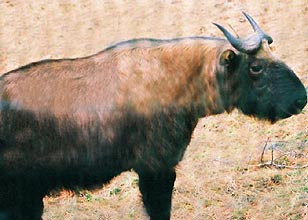 |
Wedged
between China and India, Bhutan's terrain ranges from the sub-tropical
foothills in the south, through the temperate zones, to dizzying heights
of over 7,300 meters (24,000 feet). In Historical records Bhutan was known
as Lhojong Menjong 'the Southern Valley of Medicinal Herbs.' Besides these
rare herbs, the Bhutanese seasons are reflected in full color by wild flowers
and plants, which carpet the mountainsides.
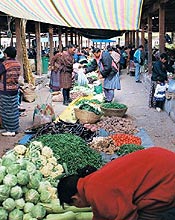 |
Bhutan's
population is, in many ways, one large family. More than 90 percent of
the people live on subsistence farming, scattered in sparsely populated
villages across the rugged terrain of the Himalayas.
|
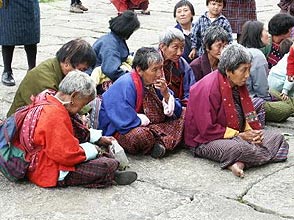 |
With
rice as the staple diet in the lower regions, and wheat, buckwheat, and
maize in other valleys, the people farm narrow terraces
cut into the steep hill slopes.
Bhutanese
communities settled in the valleys with limited communication in the past.
It is for this reason that the sense of individuality and independence
emerges as a strong characteristic of the people.
It
is for the same reason that, despite the small population, it has developed
a number of languages and dialects. The Bhutanese are, by nature, physically
strong and fiercely independent with open and ready sense of humor. Hospitality
is an in-built social value in Bhutan.
 |
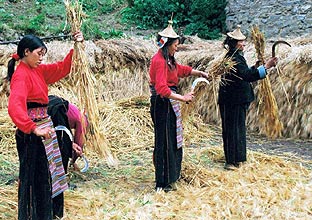 |
| Young
monks |
Laya
beauties |
|








